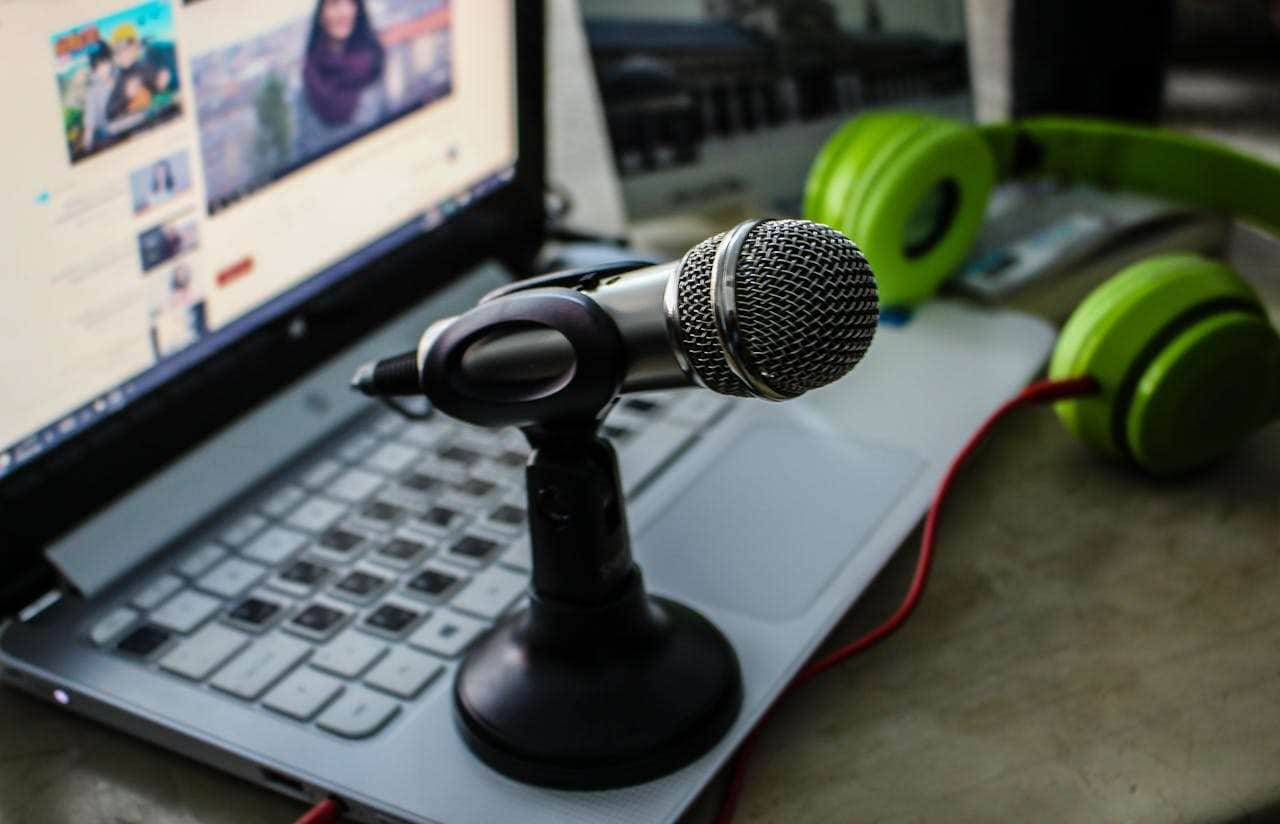
Timing your podcast episode releases just right is crucial if you want to make sure a larger number of people will see and click on them. After all, if you’ve spent all that time and effort to come up with topics, create scripts, record, and edit an episode, you want it to reach as many viewers and listeners as possible.
Today, we will cover the best days of the week and times of day to post but also provide some additional pro tips on getting better engagement. We’ll show you how to use cleverly edited social media promo clips, design the perfect eye-catching podcast cover, and more.
In this article
The Most Popular Release Times Based on Data
You should generally try to post fairly early in the day, as you want your episodes to be among the first to show up in your audience’s daily feed. The optimal time according to research, is anywhere from 2 AM to 5 AM during the middle of the week – Tuesday through to Thursday works best.
Of course, you can experiment a bit during the first month to see what times work best for you and your target audience, but people generally have plans for the weekend and prefer listening to podcasts during the workweek.
However, understand that it’s not just about the timing – there are several other factors that can make or break a podcast, and you need to address all of them. Here are some additional things to consider if you want better engagement.
Always Have Fresh Topics Lined Up

It’s not a good idea to wait until the last day to come up with topics or try to improvise at the moment. Things will be much more stressful, you’ll struggle to fill up the recording time, and your episodes won’t look polished.
You need to have weekly brainstorming sessions where you find fun new ideas and then expand on them by adding more details and subtopics until you have enough talking points for a full episode.
In general, about 3–5 pages of text to fill out a 30-minute scripted episode, or at least a solid 1- or 2-page outline with subheadings and bullet points for 30–50 minutes of a free-flow style. Aim for 2–3 scripts in advance, and you can leave about 20% of the runtime free for any comments about the latest news on the day the episode goes live.
Design the Perfect Podcast Cover
The cover will be the first impression a new listener gets when looking at your podcast, so you want it to convey the essence of what you are all about and grab people’s attention.
You need the overall design to be easily scalable so it can look good on different platforms, and it has to match the tone and theme of the podcast.
For example, if it’s a more serious show or educational, it’s best to have more muted colors, with some abstract shapes and a professional-looking font.

On the other hand, interview-style and character-driven shows can feature a headshot of the host, while comedy and lifestyle shows can have brighter colors, quirky designs, and more casual-looking fonts.
Create Promo Clips for Social Media
Marketing is crucial in this highly competitive environment, as you will literally be looking for a spot of your own in an ocean of established podcasts that already have a following. You won’t have access to the type of budget some of the popular brands have, nor word of mouth, but there are cheap and effective ways to spread the word.
For instance, you can post short clips on social media to promote new episodes and gain some brand recognition and have friends and family like and share your posts. You can use beginner-friendly video editing software like Filmora to quickly cut out promo clips and add some cool effects and transitions to make them stand out.
You can download it on Windows and macOS and get started right away, as it doesn’t require previous editing skills and is easy to get the hang of. Here’s what you’ll need to do.
Step 1: Download and install Filmora, then start a New Project.
Step 2: Import your video and drag it down to the timeline.
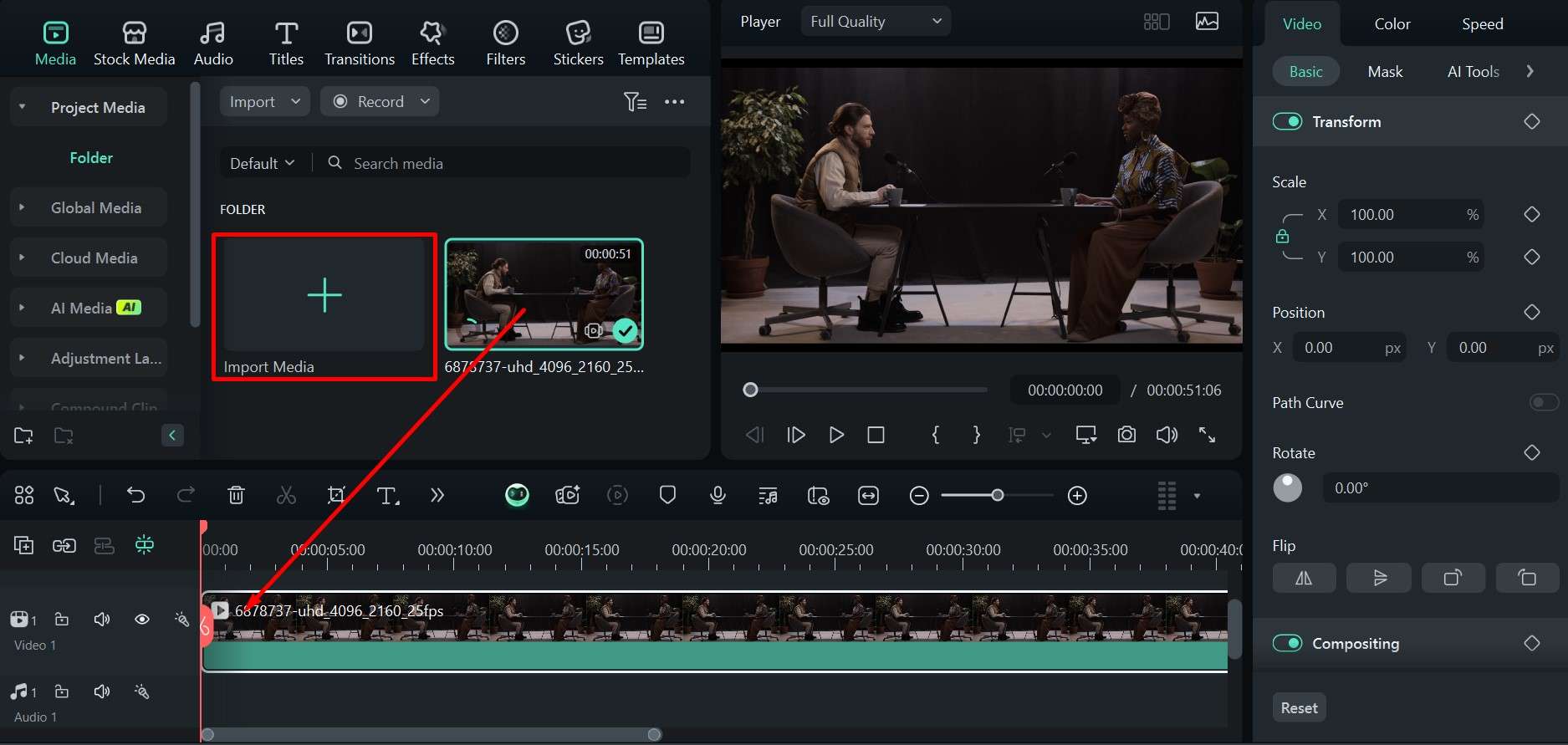
Step 3: Click on the playhead and position it to where you want to make a cut, then press the Scissors icon. Do this for as many times as you need.

Step 4: Go to Transitions, scroll down to find the right one, and then drag it to the timeline, on the edge where one clip ends and the next one starts.
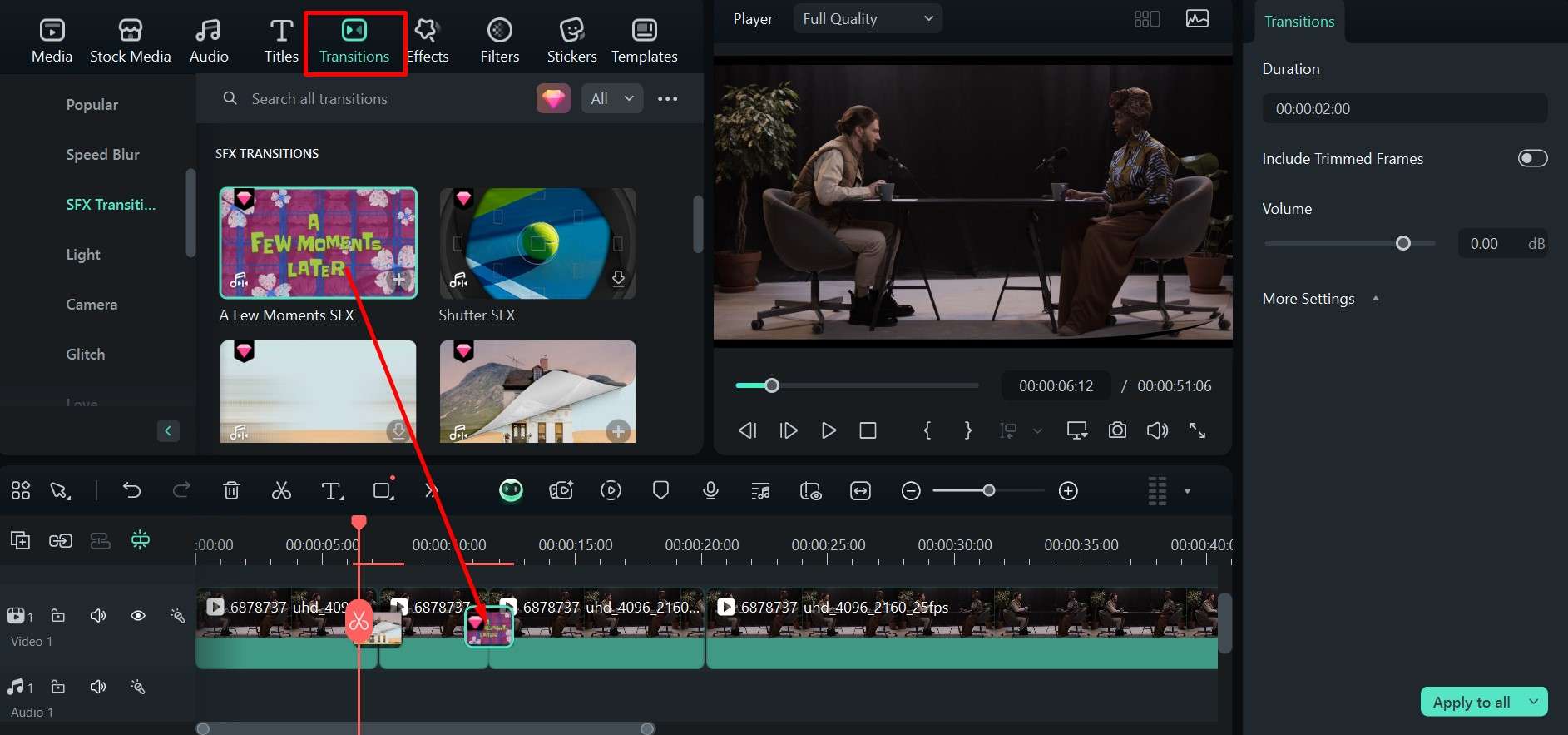
Step 5: Click on the Effects tab, find an option you like, and drag it to the timeline above the clip you want to add it to.
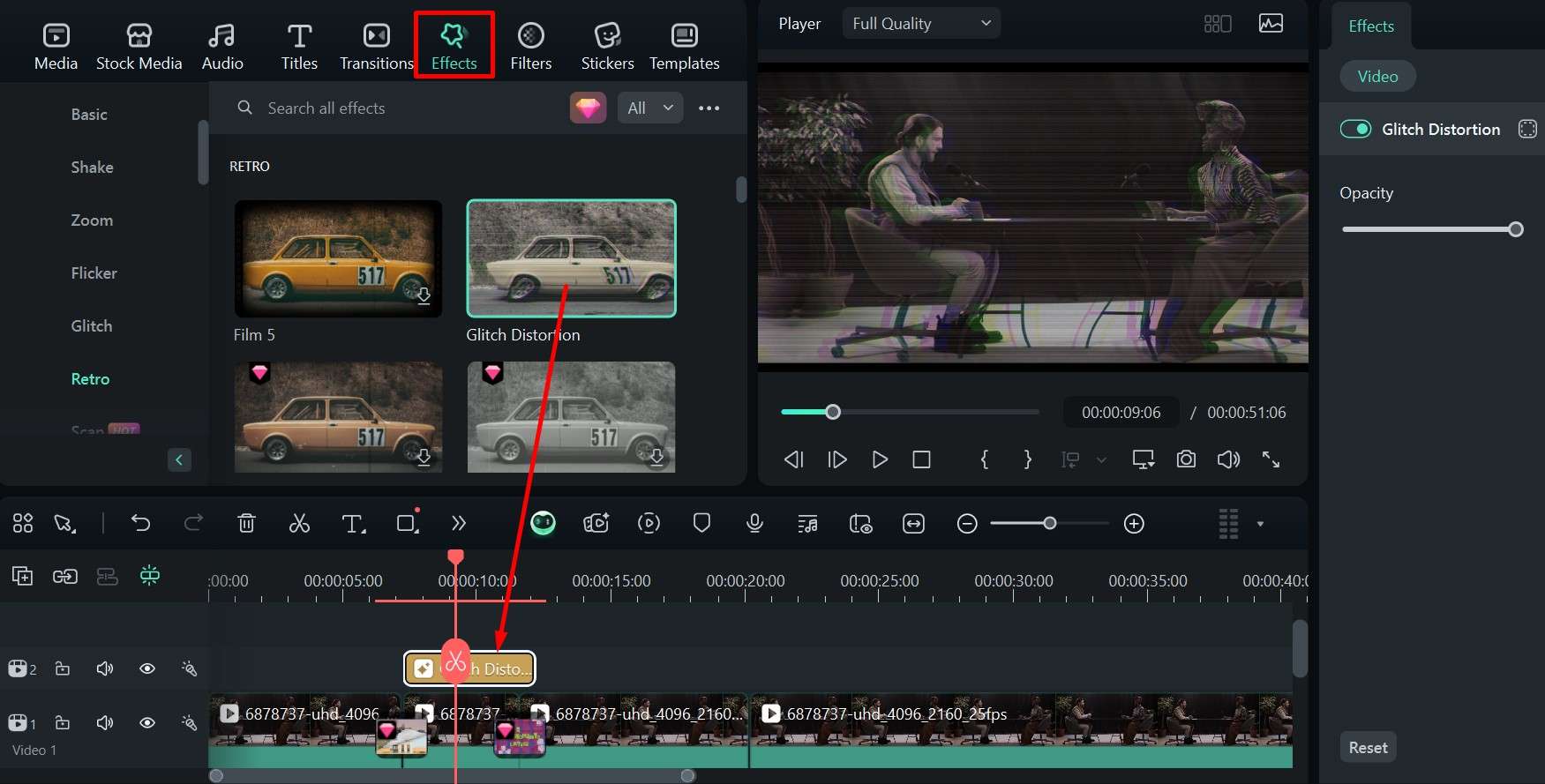
Step 6: Go to Filters, look for a good option, and place it above a clip you want to modify.
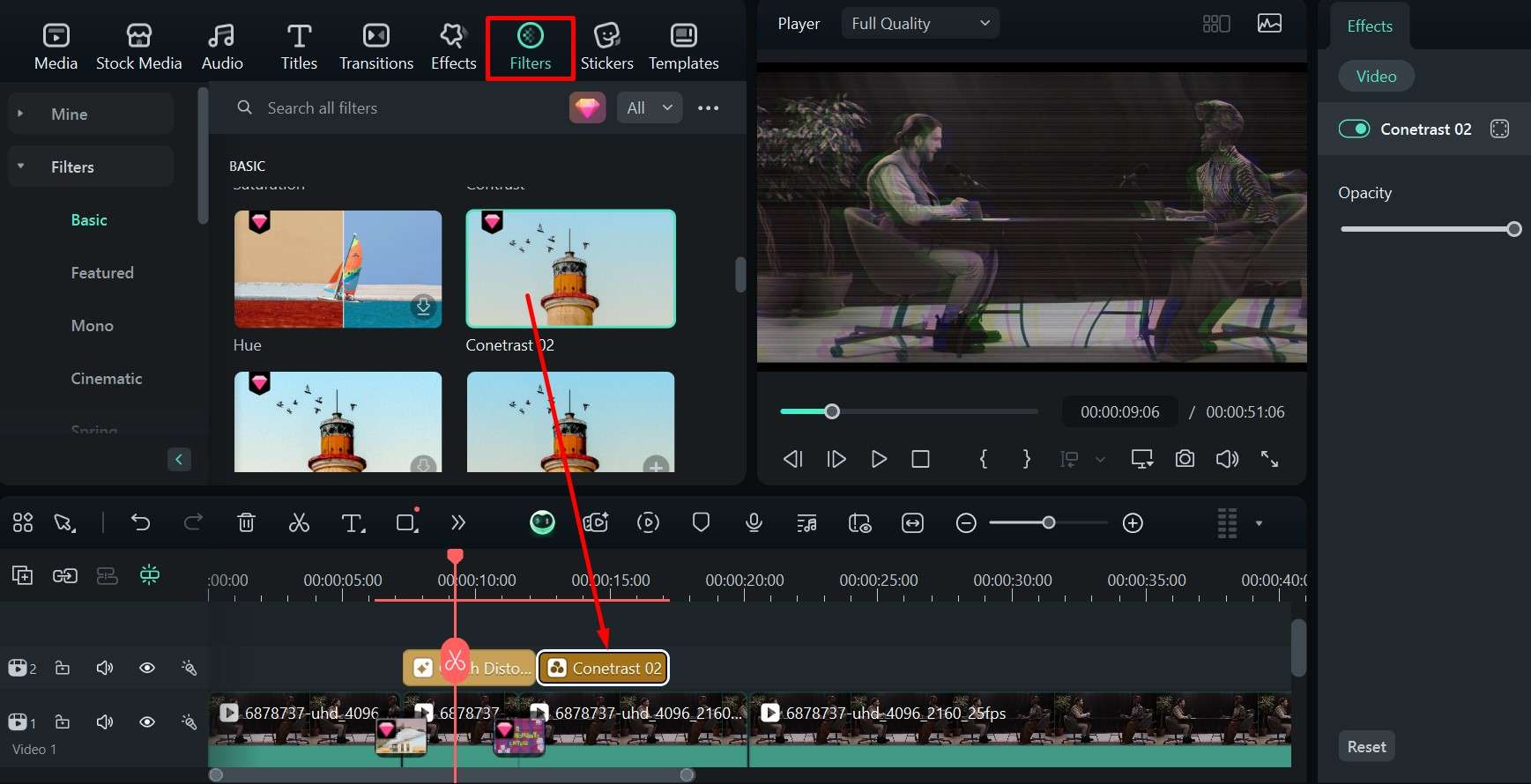
Step 7: Click the Stickers tab, look at Social Media stickers, and drag the ones you like to the timeline above a clip.
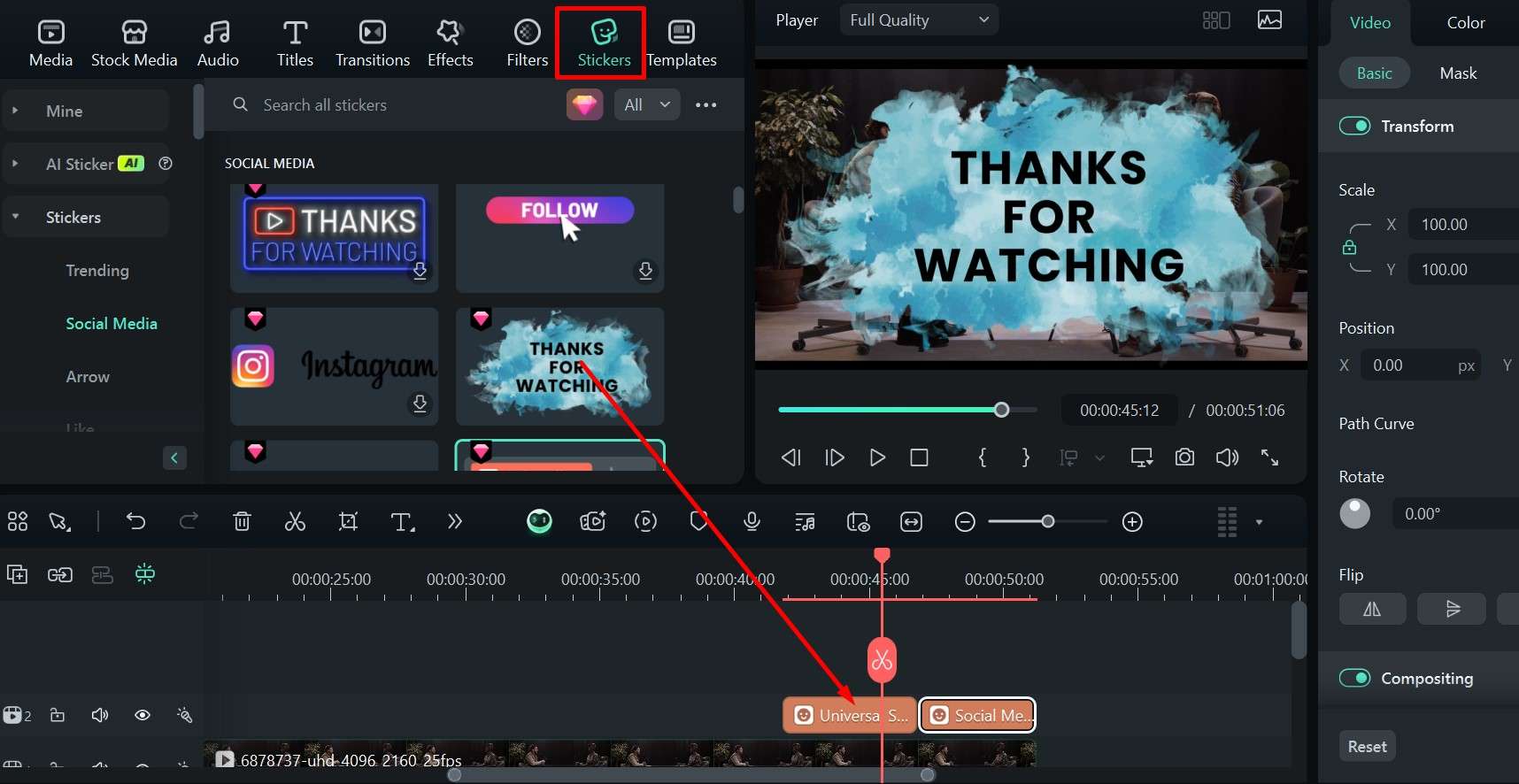
Step 8: When you are finished and are satisfied with the video, click Export, and choose whether you want to save it to your device or share it straight to social media. You can also pick a format and resolution and then click Export again to finish.
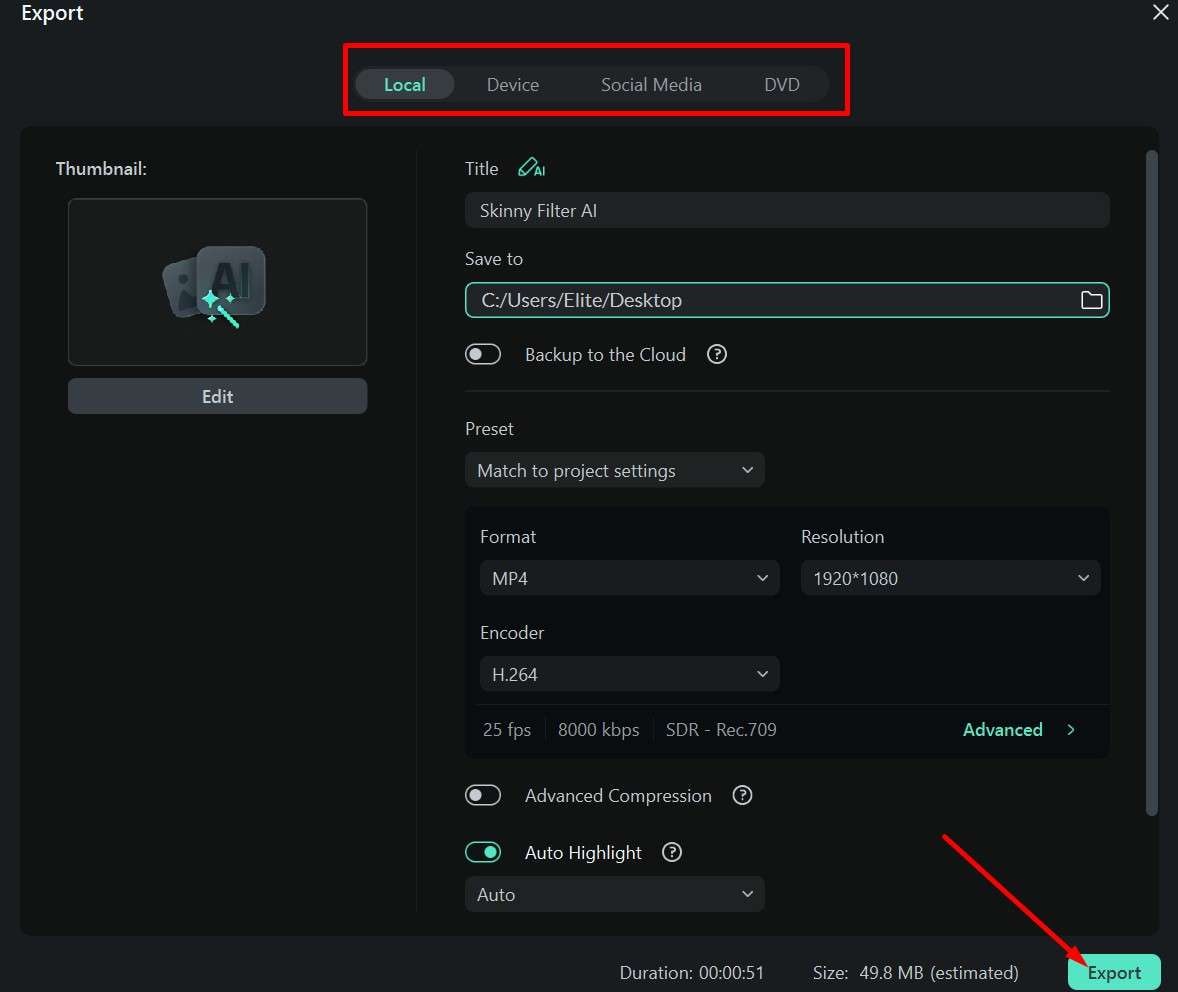
The whole process shouldn’t take you more than 10–15 minutes if you have a certain style in mind. However, Filmora also offers many additional AI features that can be really useful for podcasts. These are just a few of the most popular examples.
Audio to videoThis feature creates a series of illustrations based on the narrative in the audio file you import, packaged as a short video. You can choose different styles, from 3D Cartoon, Anime, and Flat Illustration to Sketch, Watercolor and Oil Painting.
There are also presets like Echoes of the Past, perfect for historical narratives, and Timeless Tales for a warmer fairy-tale feel.
Smart short clipsA great tool for quickly dividing long episodes into shareable chunks of content. All you have to do is import an episode, set the duration of clips, and let the AI do the rest. You can then pick the best clips and edit them using the steps we mentioned above to get plenty of promo material that you can share on social media.
AI translationIf you want to cater to a global audience or have a lot of fans from particular areas of the world, you can add translations to the podcast episodes you upload on YouTube. This AI feature makes the whole process a breeze, and you can get fairly accurate translations in lots of different languages.
AI Voice EnhancerThe issue most new podcasters run into early on is that their voice doesn’t come through as loudly and clearly as they would like. It takes time to get used to talking into the mic, getting close enough, and not moving your head away as you gesture, and all these things make it harder for people to hear what you are saying.
Luckily, FIlmora has an easy fix for that – an AI Voice Enhancer that goes over the whole recording and smoothes everything out.
Have a Regular Upload Schedule
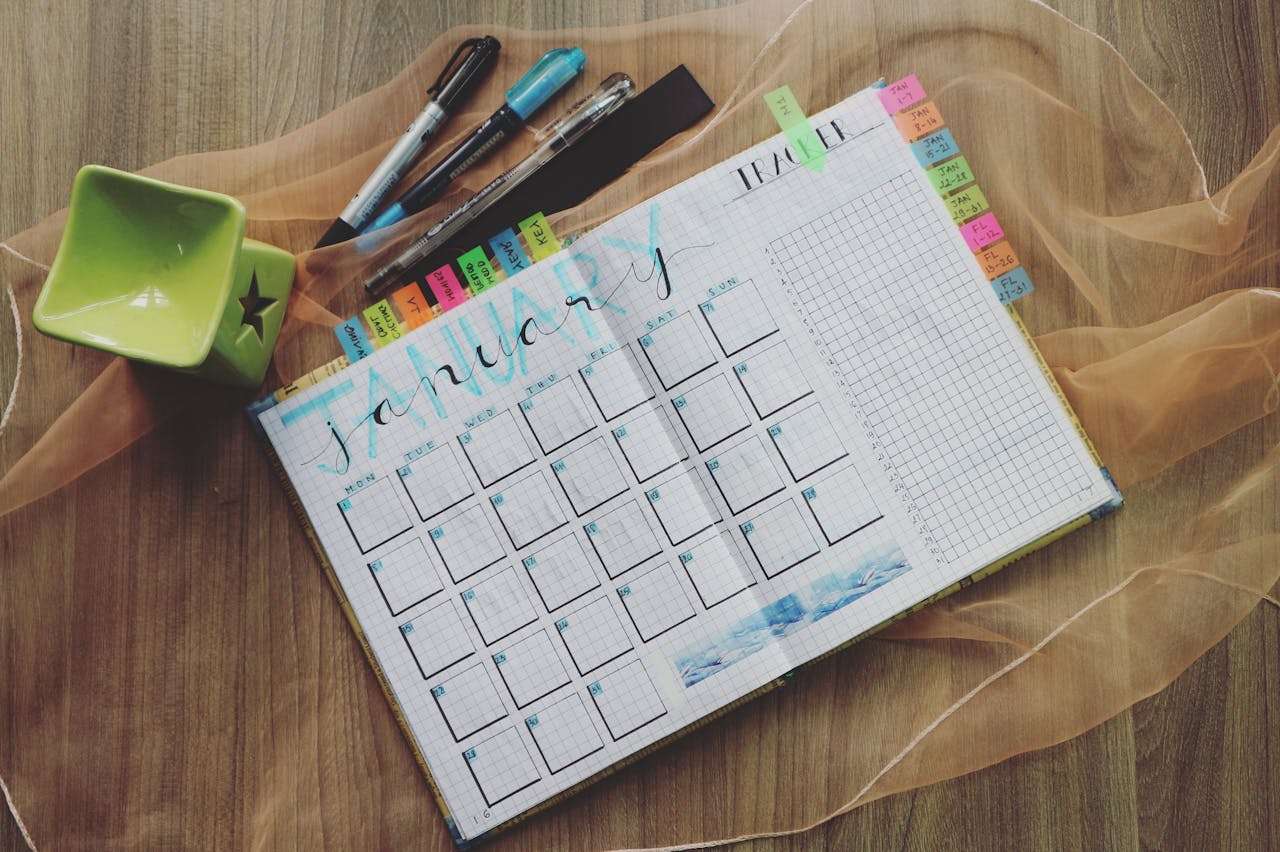
Your audience needs to know when to expect a new release so they can quickly tune in. It can be every Wednesday at 4 AM, twice a week, or even once every other week, just as long as you can keep the content quality up.
There’s no need to try and rush things just for the sake of quantity, as having dozens of boring episodes is not what will hook listeners and help you grow your audience. Once you start producing content, you’ll quickly determine how much time it takes you to research, write, record, and edit each episode, and you can plan the schedule accordingly.
Set a realistic goal for yourself, and give your audience a clear message about when you will be launching new episodes.
Find the Right Episode Length for Your Style of Podcast
This is quite a broad topic that deserves its own post, so we’ll just go over a few basics here. Podcast episodes can be anywhere from 20 minutes to 3+ hours, and it all depends on the category, niche, subject matter, and how in-depth you can go while still keeping things interesting.
For example, if you cover world news, celebrity gossip, or the latest developments in a particular industry, about 20 to 25 minutes should be enough for a comprehensive update. Similarly, true crime podcasts often have 30-minute episodes, while science and history ones are often 50–60 minutes long, and interviews can go on for over 2 hours.
Conclusion
Podcasting is a booming market, so you need to be extra careful about the little details if you want to make it past the first few episodes and build a loyal fanbase. Try to post at the best time, keep a regular upload schedule, and do what you can to market your show on different platforms.
While it’s difficult to get everything right, and it takes time, with the help of Filmora, you can market your podcast and ensure that more people will be waiting to click on each episode when you release it.



 100% Security Verified | No Subscription Required | No Malware
100% Security Verified | No Subscription Required | No Malware


